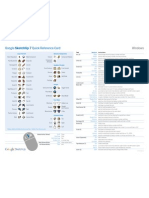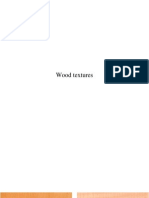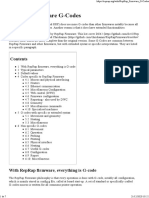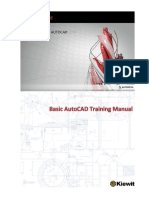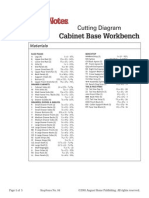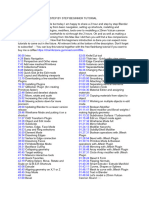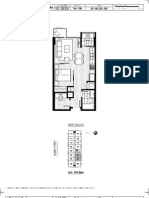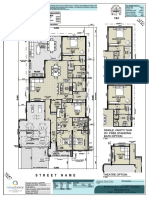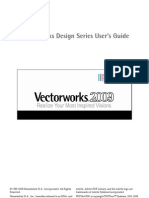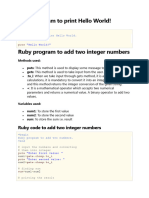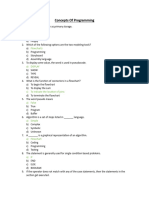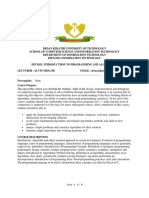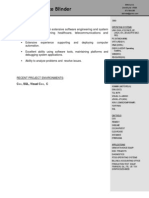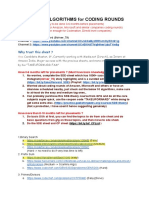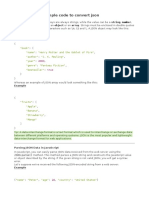100% found this document useful (1 vote)
128 views88 pagesSketchup Ruby CodeCamp - Final
The document provides an introduction to scripting in Sketchup using Ruby. It discusses reasons for scripting such as automating routines and enabling design experimentation through multiple versioning. It then covers setting up the Atom code editor and Ruby development environment for writing Sketchup scripts. The document demonstrates some basic scripts for printing messages, performing calculations, and creating geometric shapes. It also introduces Ruby concepts like variables, comparisons, assignments and loops.
Uploaded by
agliekajeCopyright
© © All Rights Reserved
We take content rights seriously. If you suspect this is your content, claim it here.
Available Formats
Download as PDF, TXT or read online on Scribd
100% found this document useful (1 vote)
128 views88 pagesSketchup Ruby CodeCamp - Final
The document provides an introduction to scripting in Sketchup using Ruby. It discusses reasons for scripting such as automating routines and enabling design experimentation through multiple versioning. It then covers setting up the Atom code editor and Ruby development environment for writing Sketchup scripts. The document demonstrates some basic scripts for printing messages, performing calculations, and creating geometric shapes. It also introduces Ruby concepts like variables, comparisons, assignments and loops.
Uploaded by
agliekajeCopyright
© © All Rights Reserved
We take content rights seriously. If you suspect this is your content, claim it here.
Available Formats
Download as PDF, TXT or read online on Scribd
/ 88



